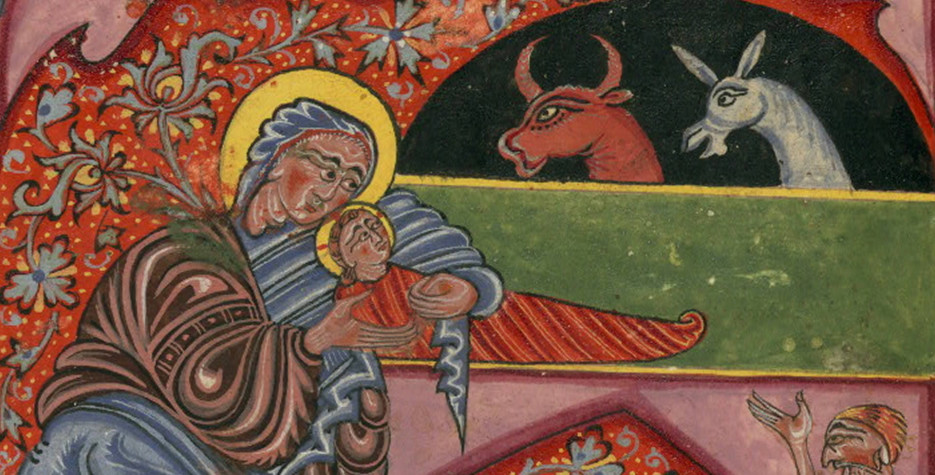When is Armenian Christmas?
On January 6th, while the western Christian world is busy taking down their Christmas decorations and celebrating Epiphany (when the wise men visited the infant Jesus), it is Christmas Day in Armenia.
How this difference in the dates occurred is a story of the early days of the Christian Church and how Christmas was promoted by becoming a cuckoo in the nest of older Roman festivals.
Armenian Christmas is a public holiday in Armenia and Lebanon.
Traditions of Armenian Christmas
Armenian Christmas is a culmination of celebrations of events related to the birth and baptism of Christ.
The reason for the different date is that until the fourth century, Christ's birth was celebrated by all Christian churches celebrated Christ's birth on January 6th. Two of the Gospels in the Bible mention the birth of Christ but neither give any details as to the date. This lack of detail also combined with the celebration of birthdays not being a big Christian tradition and Easter being seen as the more important date.
As Christianity expanded into Western Europe, the people there had been celebrating a Roman holiday ('Solis Invicti') on December 25th. Rather than compete with an already popular holiday, the church simply decided to move Christmas Day to December 25th and celebrate January 6th as the Feast of the Epiphany. Undoubtedly, Solis Invicti itself was a holiday created to overwrite previous Pagan winter solstice celebrations.
In Armenia however, there was no such solstice tradition and Armenian Christians didn't feel bound to move their Christmas from January 6th.
Two Apostles of Jesus, Bartholomew and St. Thaddeus (Jude) brought Christianity to Armenia in the first century. Because of these two founding apostles, the official name of the Armenian Church is the Armenian Apostolic Church. Christianity was declared as the state religion of Armenia in 301, making Armenia the first nation in the world to do so.
Things got more complicated with the adoption of the Gregorian calendar, as some regions in the Middle East stayed with the Julian Calendar and therefore Armenian Christmas there is still celebrated on 18th January.
Orthodox Christians didn't split from the Roman Catholic church until 1054, by which time Christmas had moved to January 6th, so again some Eastern Orthodox churches stuck with the Julian calendar which is why Christmas Day in Russia is January 7th.
The day of this major feast in the Armenian Church is January 6th. A ceremony called “Blessing of Water” is conducted in the Armenian Church to commemorate Christ’s Baptism.
Shnorhavor Surb nndyan or! ("Merry Christmas" in Armenian)
Old Christmas
In some parts of the world, January 6th is sometimes referred to as 'Old Christmas' or 'Little Christmas', recalling the old date that the Armenian Christians still observe.
The Amish community in America still observe Christmas on 'Little Christmas'.
In Ireland, Nollaig na mBan (Woman's Christmas) was traditionally celebrated on Little Christmas. On this day, women would get to relax while men made dinner and did all the household chores.


